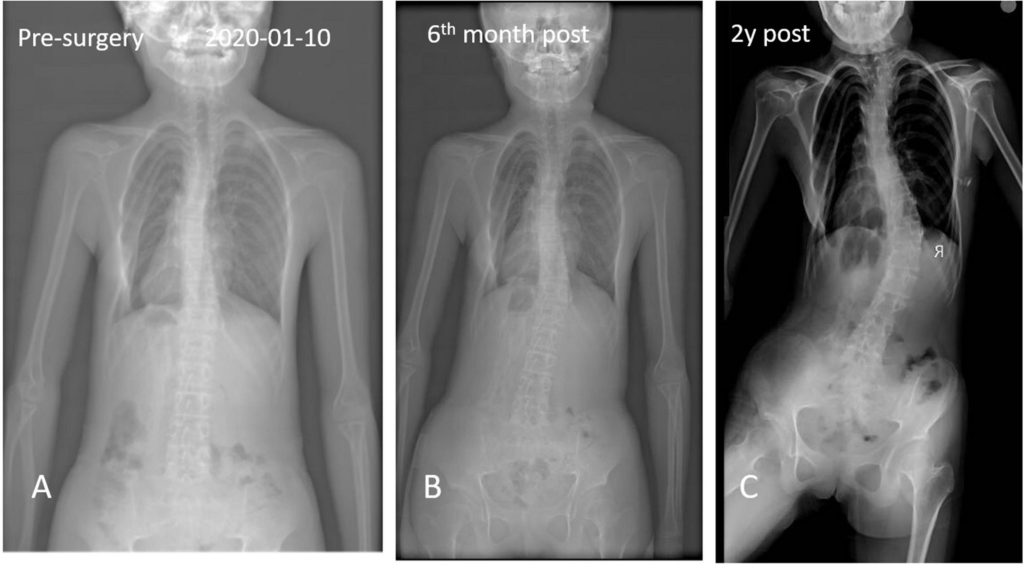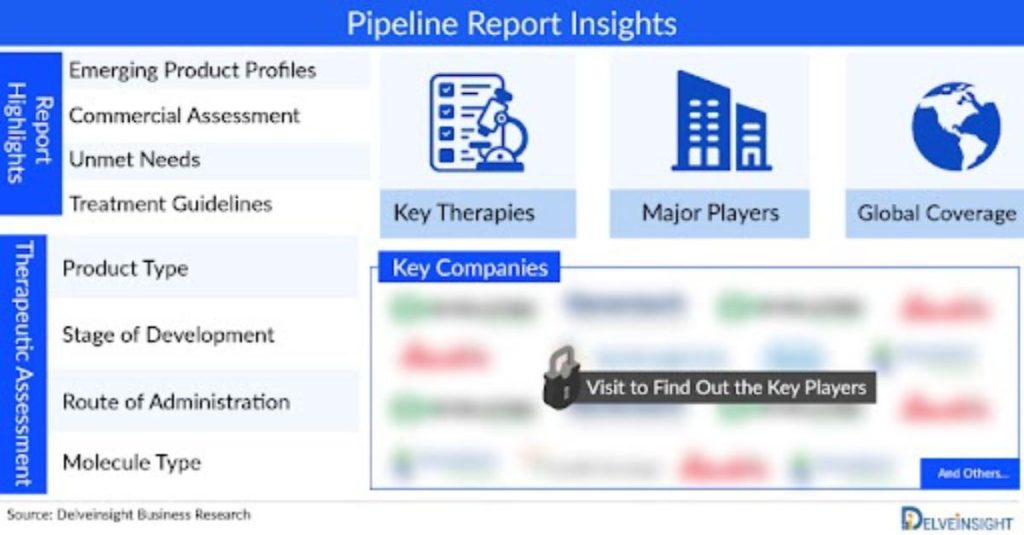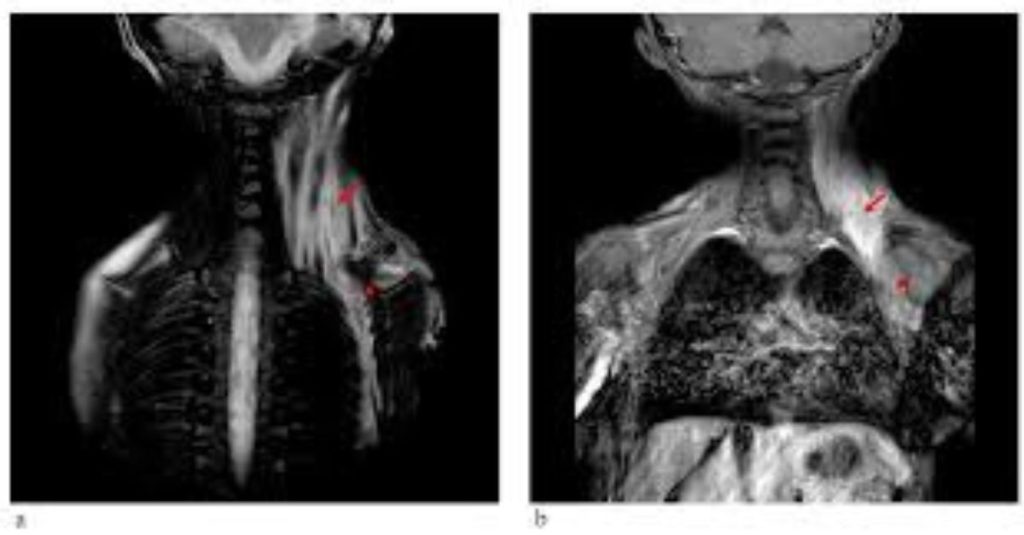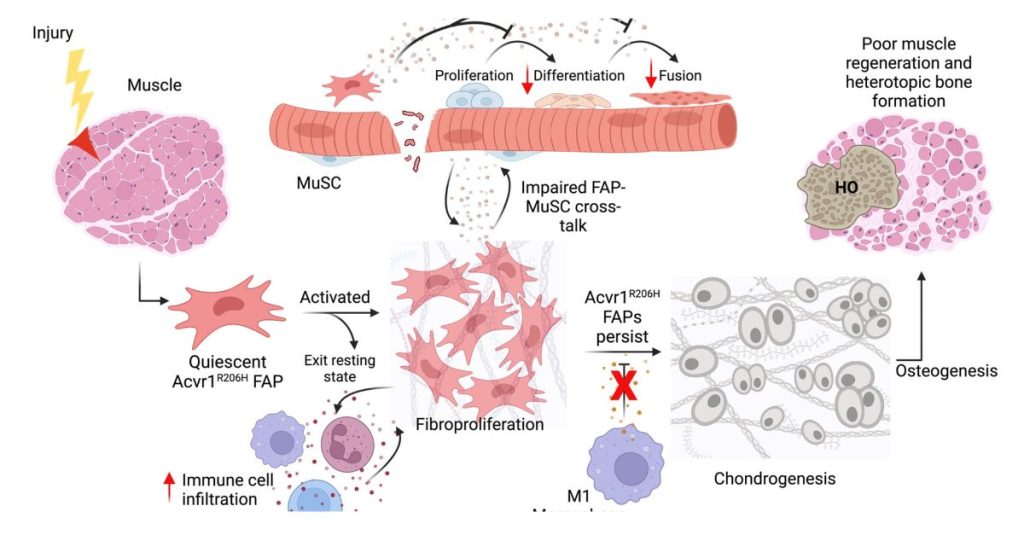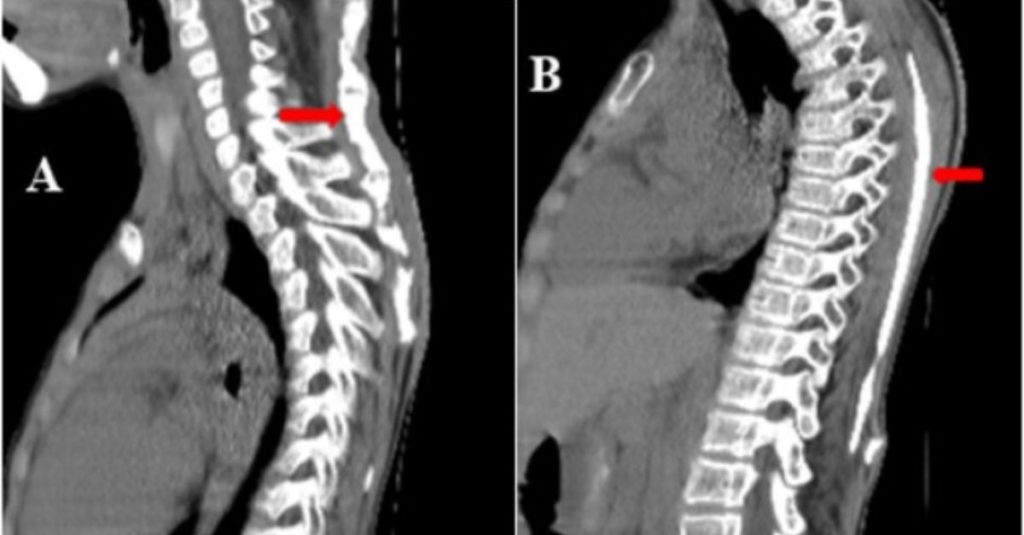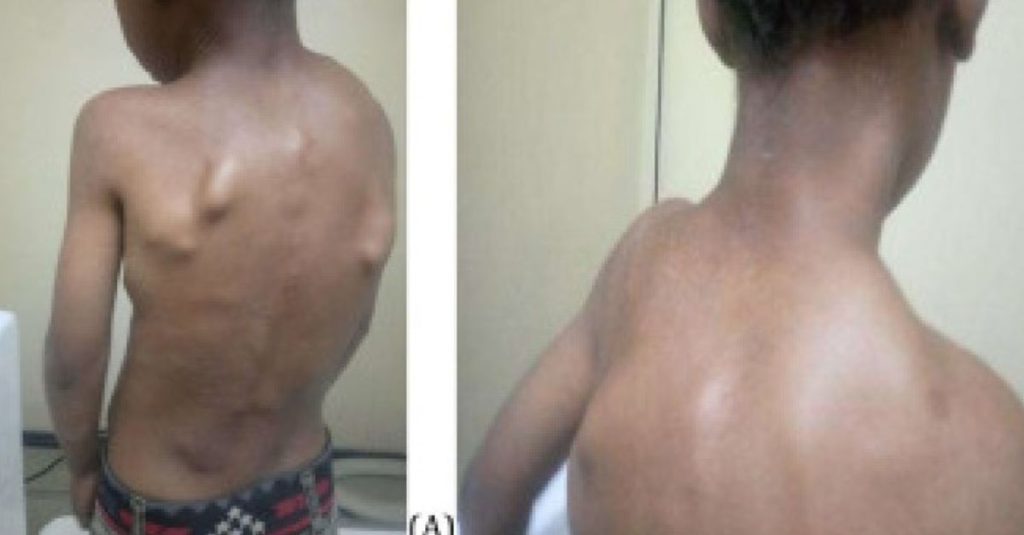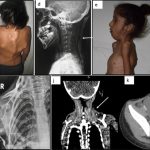After falling this spring, Jordyn’s arms locked up more. At night, her arms wouldn’t touch the bed when she laid flat on her back, and she could no longer sleep on her side because of the pain the pressure put on her arms. None of the pillows or towels she tried helped her find a […]
All posts by Megha Shree
Optimized Genome-Editing Method Opens The Door To More Effective Treatment Of Genetic Diseases
CRISPR-Cas9 is widely used to edit the genome by studying genes of interest and modifying disease-associated genes. However, this process is associated with side effects including unwanted mutations and toxicity. Therefore, a new technology that reduces these side effects is needed to improve its usefulness in industry and medicine. Now, researchers at Kyushu University in […]
Fibrodysplasia Ossificans Progressiva
DISEASE OVERVIEW Fibrodysplasia ossificans progressiva (FOP) is an extremely rare genetic connective tissue disorder characterized by the abnormal development of bone in areas of the body where bone is not normally present (heterotopic ossification), such as the ligaments, tendons and skeletal muscles. Specifically, this disorder causes the body’s skeletal muscles and soft connective tissues to […]
Fibrodysplasia Ossificans Progressiva Pipeline Report, 2024 Updates : In-Depth Analysis Into the Clinical Trials, Latest FDA, EMA, and PMDA Approvals, Emerging Drugs, Growth Prospects and Companies
The Fibrodysplasia Ossificans Progressiva Pipeline report embraces in-depth commercial and clinical assessment of the pipeline products from the pre-clinical developmental phase to the marketed phase. The report also covers a detailed description of the drug, including the mechanism of action of the drug, clinical studies, NDA approvals (if any), and product development activities comprising the […]
Successful Preimplantation Genetic Testing for Fibrodysplasia Ossificans Progressiva: a Case Report
Purpose of the study Fibrodysplasia ossificans progressiva (FOP) is a rare autosomal dominant condition that leads to significant disability and morbidity, characterised by the formation of heterotopic hard tissues within connective tissues. The condition has an incidence of approximately one per two million people worldwide. There is no known single effective treatment available for FOP. […]
Actionable Disease Insights from Bedside-to-Bench Investigation in Fibrodysplasia Ossificans Progressiva
Fibrodysplasia ossificans progressiva (FOP) is an ultra-rare genetic disorder of extraskeletal endochondral bone formation. Heterozygous missense gain-of-function mutations in the activin receptor A type I (ACVR1) gene are present in all individuals with sporadic or familial FOP. ACVR1R206H mutations confer increased sensitivity of this bone morphogenetic protein (BMP) family receptor to activation by BMP ligands and […]
Cellular and Molecular Mechanisms of Heterotopic Ossification in Fibrodysplasia Ossificans Progressiva
1. Introduction Fibrodysplasia ossificans progressiva (FOP) is a rare but devastating autosomal dominant genetic disorder characterized by spontaneous or trauma-induced progressive extra-skeletal bone formation, called heterotopic ossification (HO), in skeletal muscles, tendons, and ligaments [1]. HO forms through endochondral ossification, the process that creates most bones during embryonic development [2]. Endochondral ossification occurs through the […]
Fibrodysplasia Ossificans Progressiva: A Rare Disease Due to Unawareness, Case Report and Literature Review
Abstract Introduction and importance Fibrodysplasia Ossificans Progressiva is an ultra-rare genetic disorder of progressive soft tissue ossification. Due to unawareness and poor clinical suspicion, the rate of misdiagnosis, delay in diagnosis, and unnecessary diagnostic procedures leading to permanent injury and lifelong disability is common. Here we report this rare genetic disorder in a six years […]
Fibrodysplasia ossificans progressiva: Two case reports
Introduction Fibrodysplasia ossificans progressiva (FOP) is a rare, progressively debilitating disorder first described in 1692 by Guy Patin [1]. This disease is characterized by progressive heterotopic ossification that forms normal bone in characteristic extraskeletal sites and congenital malformations of the great toes. Progressive episodes of heterotopic ossification occur in characteristic pattern first at the dorsal, axial, […]
Stone Man Disease: Tori of Nigerian Woman Wey Dey Battle Condition Wey Dey Turn Muscle to Bone
Precious Chiamaka na six-year-old wen her mama bin notice say one small bone dey grow for di back of her hand. As she no sabi wetin dey grow for di back of her pikin hand, Precious mama carry her go hospital and na for dia dem come tell her say na her muscles dey turn […]
